What’s After Death? The Step By Step Process Of Exactly What Happens To Our Bodies When We Die
We tend to believe that the moment we die is the end. We think that our bodies shutting down stops our whole process of living. Yet, it's not that simple. There are stages to human death.
As it turns out, scientists have found that the moment of death is the beginning of a specific pattern or "flow of events" that our body automatically knows to engage in. It's as of our spirit takes the time to make sure we leave it exactly as it's meant to be, no matter the cause of death. Here is the step-by-step breakdown.
Click HERE to learn what Numerology says about your life using only your Birth Date.
What Is "Death"?
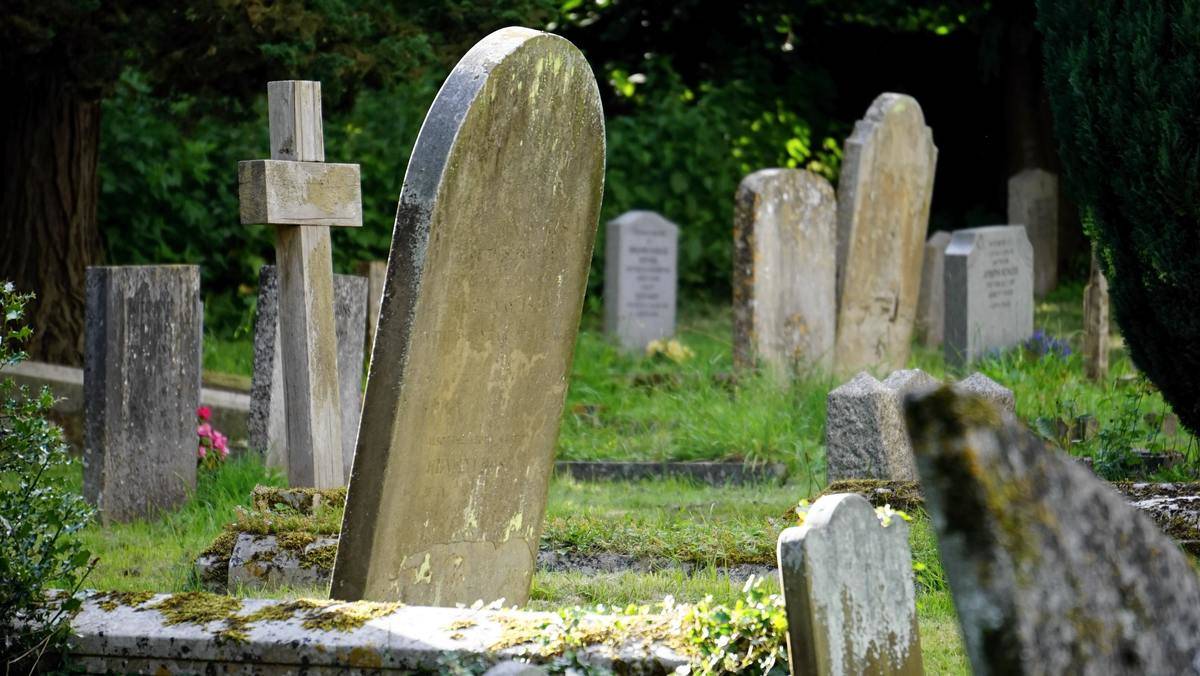
There is actually some debate over what actually defines death. You would think that it's the moment our heart stops beating but those who experienced near-death experiences would say otherwise. Doctors now know better than to pronounce someone dead when their pulse is absent.
Death is not instant. It takes some time for the organs to catch up and stop working as well. In fact, our arguably most important organ, our brain, is still conscious and aware even after our bodies shut down. Our brain continues to "work" for up to 10 minutes after our heart stops. This means that we are aware of our death after the fact until we make it to the last step.
Clinical Death
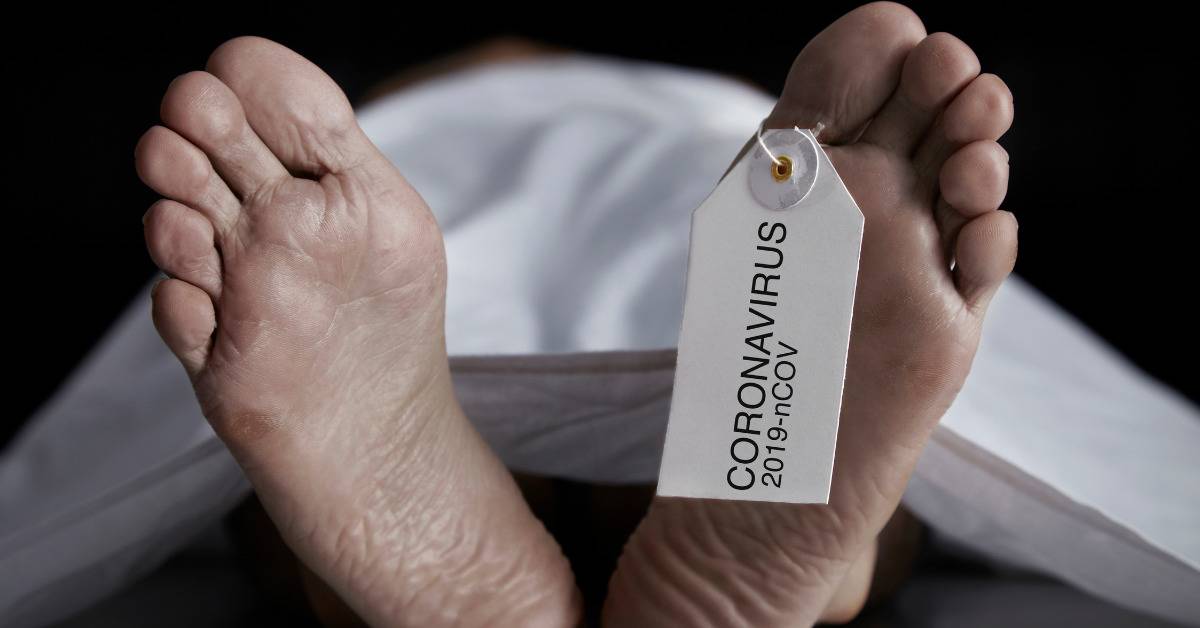
To separate our actual time of death, meaning the moment our brain and spirit also stop working, from the moment our heart stops beating, scientists started using the term "clinic death."
Clinical death only designates cardiac arrests or the moment when the heart stops pumping blood to the body. This is not the same as brain death because even after clinic death, the brain continues to send signals to the rest of the body and the person on their death bed could still be resurrected. However, once the brain dies too, there is no chance of returning to our world left. This is known as "biological death."
Irriversible Death
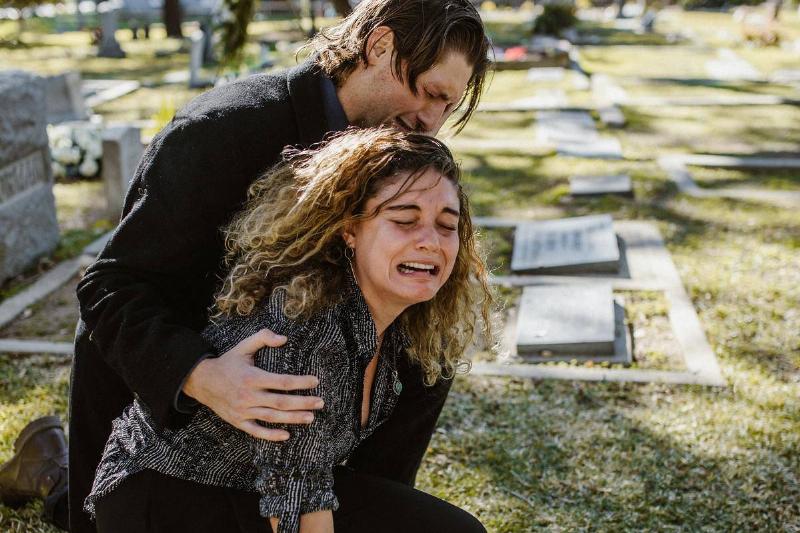
There are instances of death that can't be reversed no matter the state of the brain. In fact, chances are the process is accelerated and the brain is already dead during them. When paramedics arrive on the scene of a call, they look for "the five signs of irreversible death."
These include decapitation, decomposition, postmortem lividity ( When the blood stops flowing and the body bruises and turns blue), postmortem rigidity (when the muscles and joints "lock up" and the body becomes stiff), and being burned beyond recognition.
In all other cases, death follows these 6 steps:
Step 1: The Time Of Death
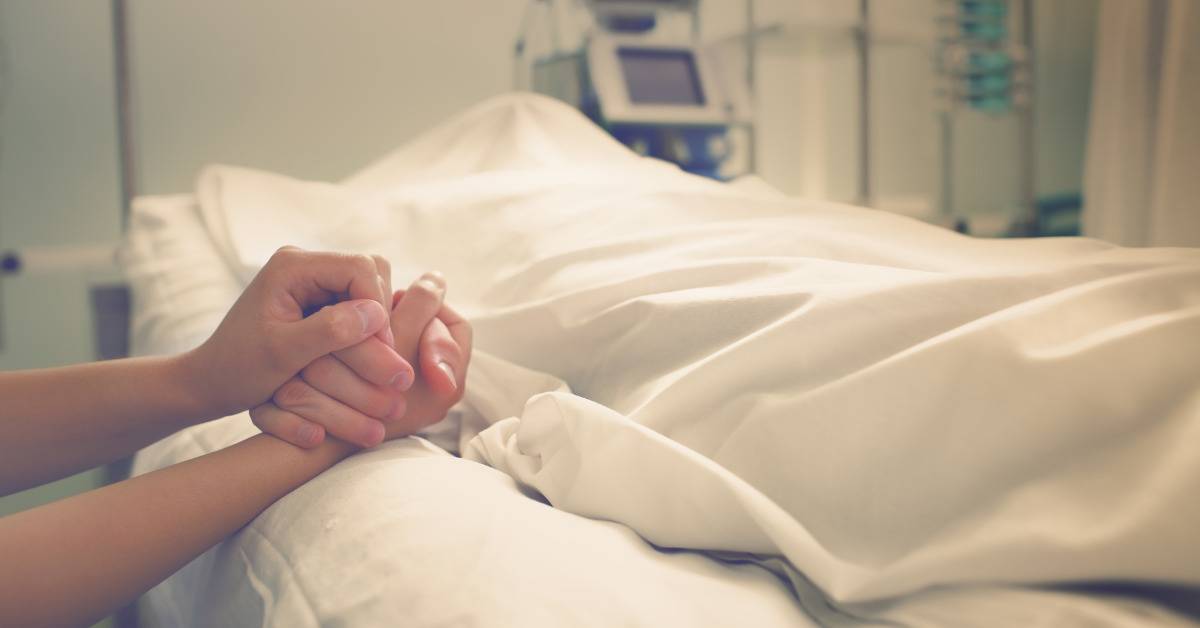
The first step is the moment of death. This is actually a peaceful moment when the body finally relaxes and caves to passing over. You can see death in their eyes as their pupils dilate and their eyelids lose tension.
When you die, every single part of your body relaxes. It's not giving up, it's just letting loose. Years of tension are finally at an end. Your jaw falls open, and even your bowls release any leftovers.
Step 2: Blood Color Change (Pallor Mortis)
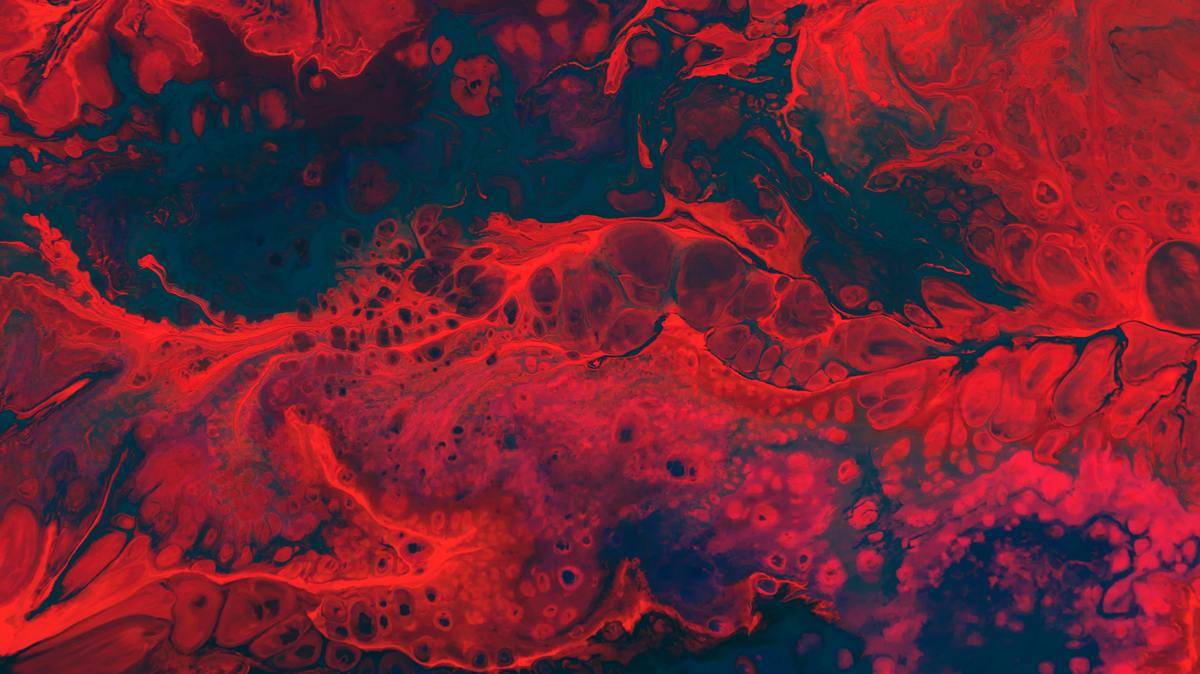
Within minutes of the heart-stopping, the body turns pale. You can easily notice the difference in the color of skin the more that the blood drains and pools in the lower areas of the body.
These pools cause some parts of the body to look blue or even bruised which contrasts with the rest of the pale skin. It takes a couple of hours for gravity to claim the body and pull the blood down. However at the same time, the body's temperature changes and drops to about 1.5 degrees per hour. This process will continue until the body has dropped from the standard 37 degrees celsius to the temperature of its environment.
Step 3: Self Digestion (Autolysis)
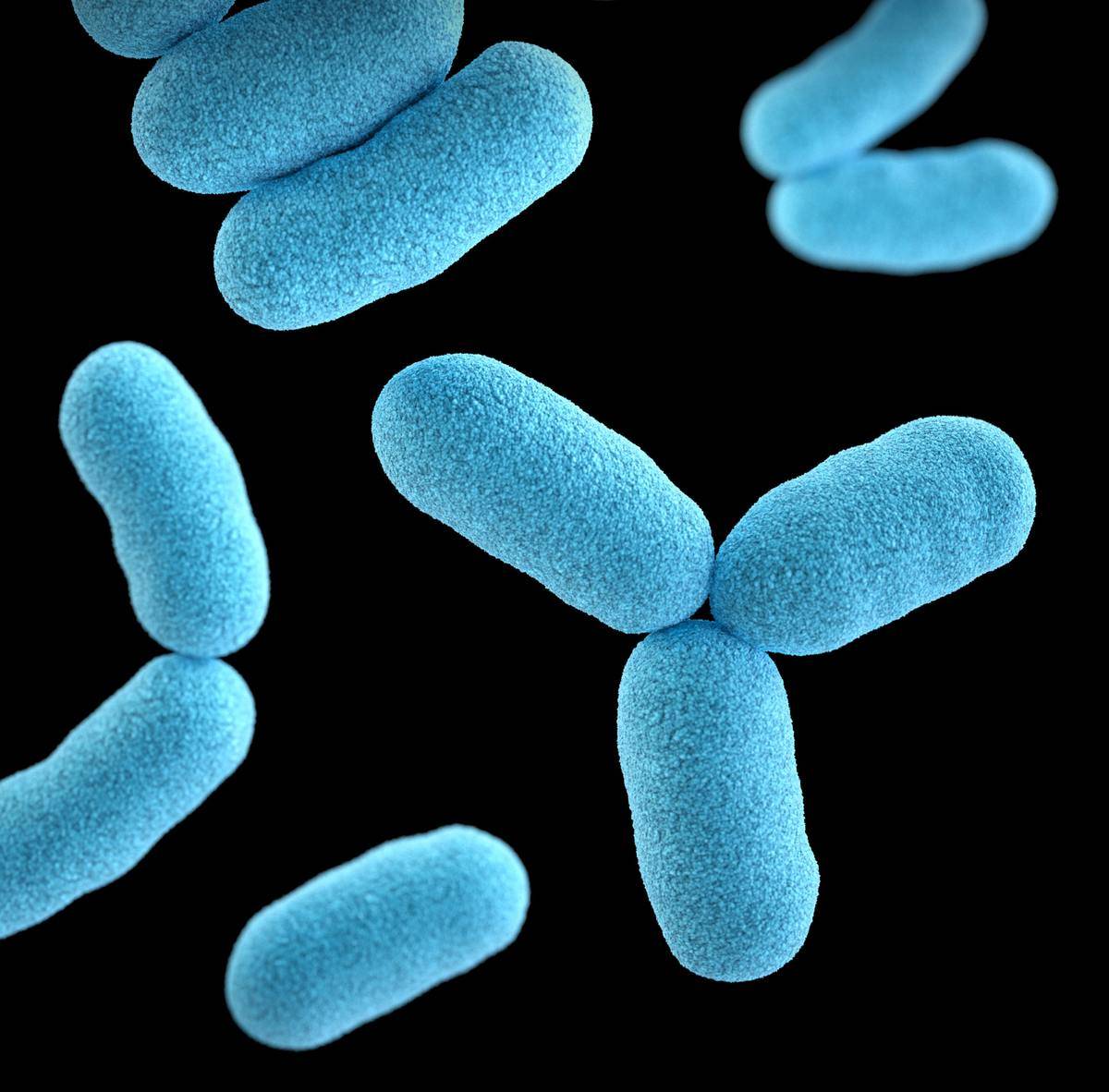
We don't realize that while we're alive our bodies are covered inside and out by bacteria and microbes. However, within minutes after our hearts stop beating, our cells don't have enough oxygen to sort through them and our immune system stops working.
This means that all the bacteria start breaking down the body. All the bacteria that our immune system kept from our internal organs spread quickly through the whole body. It takes over the gut, then liver, heart, reproductive organs, and eventually the brain.
Step 4: Locking Up The Joints (Rigor Mortis)
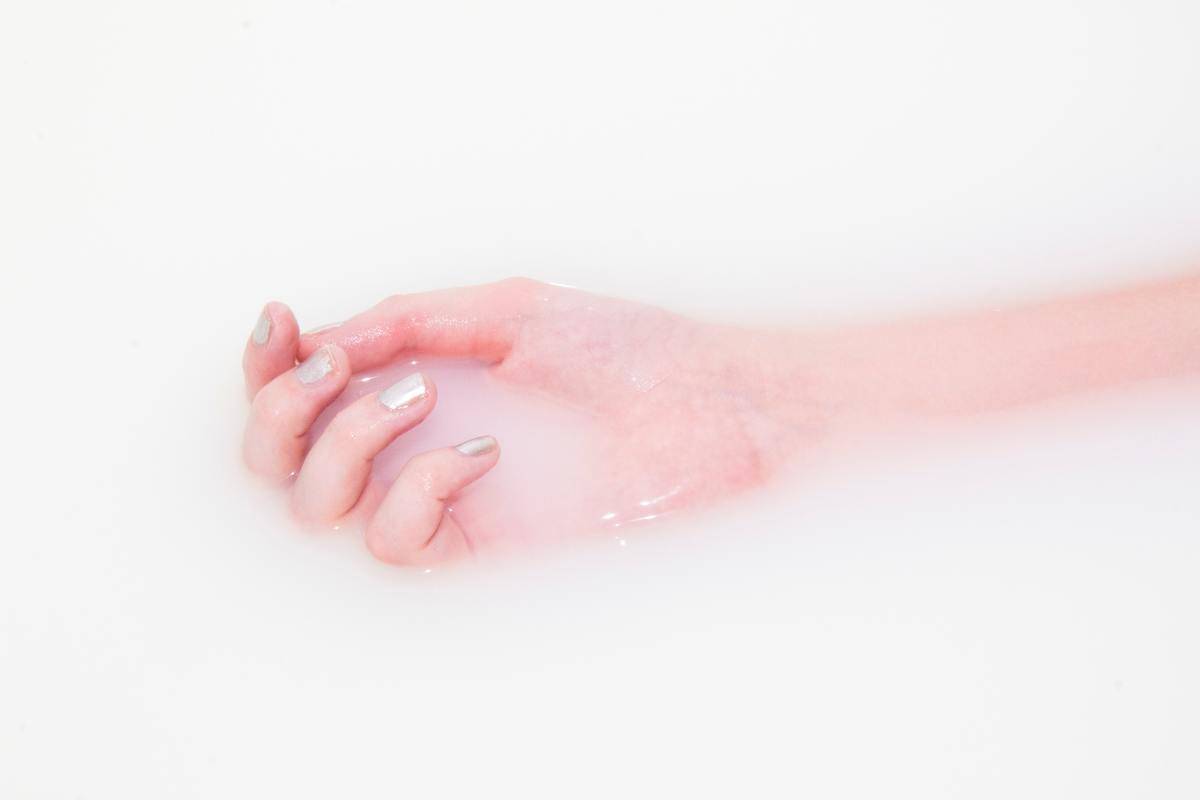
About three hours after death, the body undergoes chemical changes that cause it to run out of resources. The proteins that are in charge of muscle contraction and relaxation stop working, so the muscles become stiff. The whole body including the ideas becomes "locked in."
This process will be fully complete between 7 to 12 hours after death. The factors in how long it takes depend on age, gender, temperature, and the conditions of the body at the time of death.
Step 5- The Muscles Relax Again

You might be wondering how much a dead body can relax, but studies reveal that even after 12 hours after death, muscles will start to relax again.
In fact, there are chemical changes that are continuously happening in the hours after we die, including internal tissue decay that make the process of death take up to 48 hours!
Step 6: Natural Decay

The last and final step of the death process is an extension of the last 3 stages until the body fully decays and there is nothing left in the body.
It can take hours to get to this step and the length of time depends on the environment in which the body is kept. The quicker the body is found, the longer it can be preserved.
You're Still Alive

It can be uncomfortable and even scary to talk about death. Luckily if you're reading this then you're still alive and have every opportunity to make every moment from now until then serve you to the fullest. You may not have control over death, but you have complete control over your life.
Are you still searching for your life purpose? You won't believe what the science of Numerology can reveal about you!
That's right, the numerology of your birth date, regardless of what month you were born, can reveal surprising information about your personality.
Click HERE to learn what Numerology says about your life using only your Birth Date.





